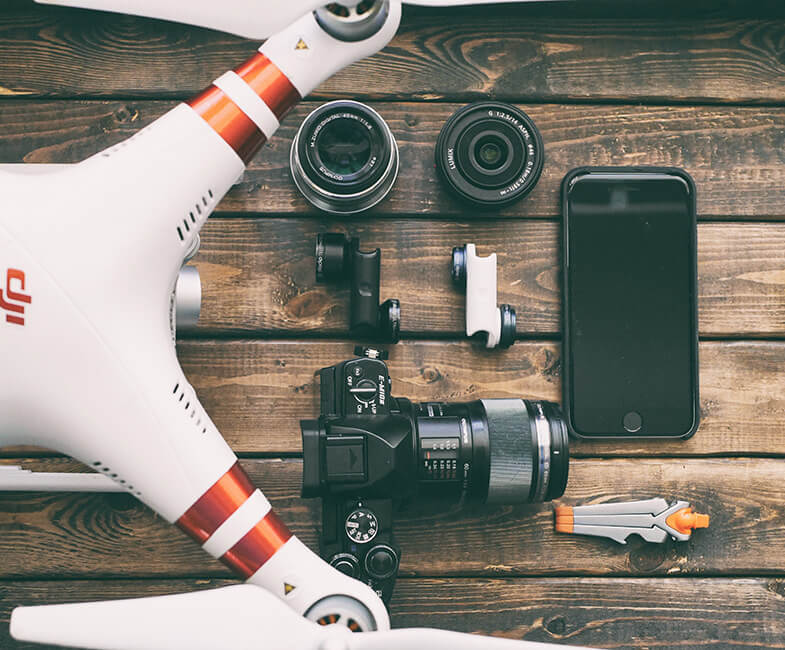Lithium Polymer batteries (LiPo) have become an essential part of our everyday lives because we use them in our smartphones, our cameras, and our drones. This is essentially the battery pack that comes with every gadget and device we have. Drone hobbyists and professional flyers know how important it is to store these batteries in a safe and dry place for their drone videography projects. But aside from that, they have also employed a lot of “rules” for using, charging, discharging, and storing these batteries.
There are many kinds of lithium-based batteries and the larger your drone is, the more cells you would need from a LiPo battery. These batteries can go as little as 100mAh which you will find in a Nano Proto X quadcopter all the way up to a 6-cell 22000mAh pack that larger drones use. In fact, in a DJI Phantom, the single battery pack constitutes more than 10 percent of the unit price.
There have been many improvements in battery technology in the past years, so we’re sure that we are looking to a better, more efficient, and easier management of these batteries in the future. But for now, let’s look at the most common maintenance tricks to keep your LiPo batteries for your drone videography in tip-top shape.
LiPo batteries can be charged inside a battery charging bag. This would keep the batteries from being affected by the hot or cold weather and it would keep them safe from other environmental and natural causes like getting wet from a water spill. You should also make sure that the batteries are not placed anywhere near a stove or a faucet.
One misconception about LiPo batteries that keep propping up is that they self-discharge. This is actually not true. Nickel-cadmium (NiCd) batteries and nickel-metal hydride (NiMH) batteries are the kinds that need proper maintenance to keep them in top shape.
NiCd batteries, for example, lose an estimated 1 percent of their charge every day. NiMH batteries, on the other hand, can lose as much as 5 to 20 percent of their charge on the first day and 1 to 4 percent per day after that.
LiPo batteries don’t self-discharge as much. You can leave a fully charged LiPo battery on a shelf for a month and it would only lose 1 percent of its charge. This means you can up and leave the battery on a shelf, pick it up after a month, and just go flying.

